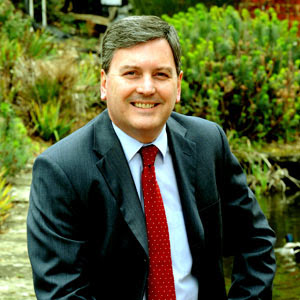What function do our veins have?
Veins are the vascular structures which carry blood back towards the heart whilst arteries carry blood away from the heart.What are varicose veins?
Unattractively deep blue or dark purple, raised, lumpy or twisted in appearance, varicose veins are a common problem affecting at least 20% of the adult population in the UK.Varicose veins occur when small valves inside the veins stop functioning correctly. Rather than blood flowing effortlessly back towards the heart, the blood stagnates within the veins, causing aching, tiredness and discomfort. People complain of ‘heavy, tired legs and night leg cramps’ which may have an adverse impact on their daily lives.
Varicose vein symptoms
- Aching, tired or heavy feeling in your legs
- Painful throbbing, muscle cramping and swelling in your lower legs
- Worsened pain after sitting or standing for a long time
- Restless legs, especially at night
- Persistent leg itching
- Bleeding from varicose veins
- Ulceration
- Skin discolouration around the ankles
How do they affect us?
At first, problematic veins may not be visible but symptoms can occur. Sometimes patches of blue thread veins may be the earliest signs of an underlying problem. Eventually, the abnormal veins may become swollen, enlarged and varicose. Varicose veins can be unsightly, painful and embarrassing.In the developing stages, varicose veins and thread veins may be primarily a cosmetic problem. However, if ignored, the condition can deteriorate and a variety of complications can occur such as leg swelling, pigmentation of the skin around the ankles and leg ulcers.
Are varicose veins dangerous?
Occasionally, veins can burst causing bleeding, or the blood within the veins can clot leading to the painful condition of phlebitis or even deep vein thrombosis. People who use air travel for work or holidays may be at increased risk, particularly if those flights are long haulDo we need invasive surgery to get rid of varicose veins?
You’ll be glad to hear that modern treatments are minimally invasive and may be performed under local anaesthetic as a walk-in, walk-out procedure. Having treated over 4,000 patients using the minimally invasive Endovenous Laser and ClariVein techniques, I am one of the most experienced surgeons in the UK. Both techniques are associated with considerably less pain, bruising and scarring than traditional surgery such as stripping techniques.Do you actually perform the treatment?
When you book an appointment with me you receive professional, personal treatment from your first consultation to your last. Gaining one to one time with a highly experienced surgeon provides a professional, tailored treatment plan executed with care and skill to meet a patient’s personal needs.“You can rest assured I aim to combine the highest surgical and academic standards within a kind and relaxed environment, to achieve the best clinical and cosmetic results possible.”
I’m proud to say I am a nationally recognised vascular surgeon with over 28 years’ clinical experience, including 12 years as a consultant surgeon at Addenbrooke’s Hospital, Cambridge and in private practice in Cambridge, London, Bury St Edmunds and Norwich.
Do you treat many sports patients?
Yes, I do see a lot of sports patients, although initially they may not realise that varicose veins can affect their sporting performance. Veins are responsible for removing the waste products of muscle metabolism, such as lactic acid, out of the legs. When veins are not working properly, waste products are not cleared efficiently, impairing muscle function. Treating varicose veins immediately improves the venous function of the leg, advancing sporting performance and reducing leg fatigue. As a runner myself I know how important it is to keep active, maintaining a healthy lifestyle and supporting good blood flow.Read case studies >

What causes the ‘spider’ veins we get on our faces?
The main problem is having a susceptible skin-type that copes less well with the wear and tear of everyday life. An outdoor life can exacerbate the problem, as can various skin conditions. Spider veins sadly increase over time and early treatment is advisable. Patients with prominent veins on the nose may be unfairly labelled as “drinkers” and some patients report that this misconception can adversely affect various areas of their life, including work and promotion.How can you get rid of facial ‘spider veins’
A technique called VeinWave is predominantly used for facial veins and just a few sessions can be transformative. The minimally invasive procedure takes minutes to perform and you will see results almost immediately. Although regarded as a cosmetic problem, patients are always reassured to be treated by an experienced surgeon.Is there any way to prevent varicose veins?
Unfortunately you can’t do anything to prevent them if you are susceptible. Symptoms can be avoided by not standing still for long periods and by wearing support stockings. The best way to avoid complications from veins is to treat them early and not ignore them.Read case studies >
Book a consultation with Mr Michael Gaunt or make further enquiries: 01223 305858.






